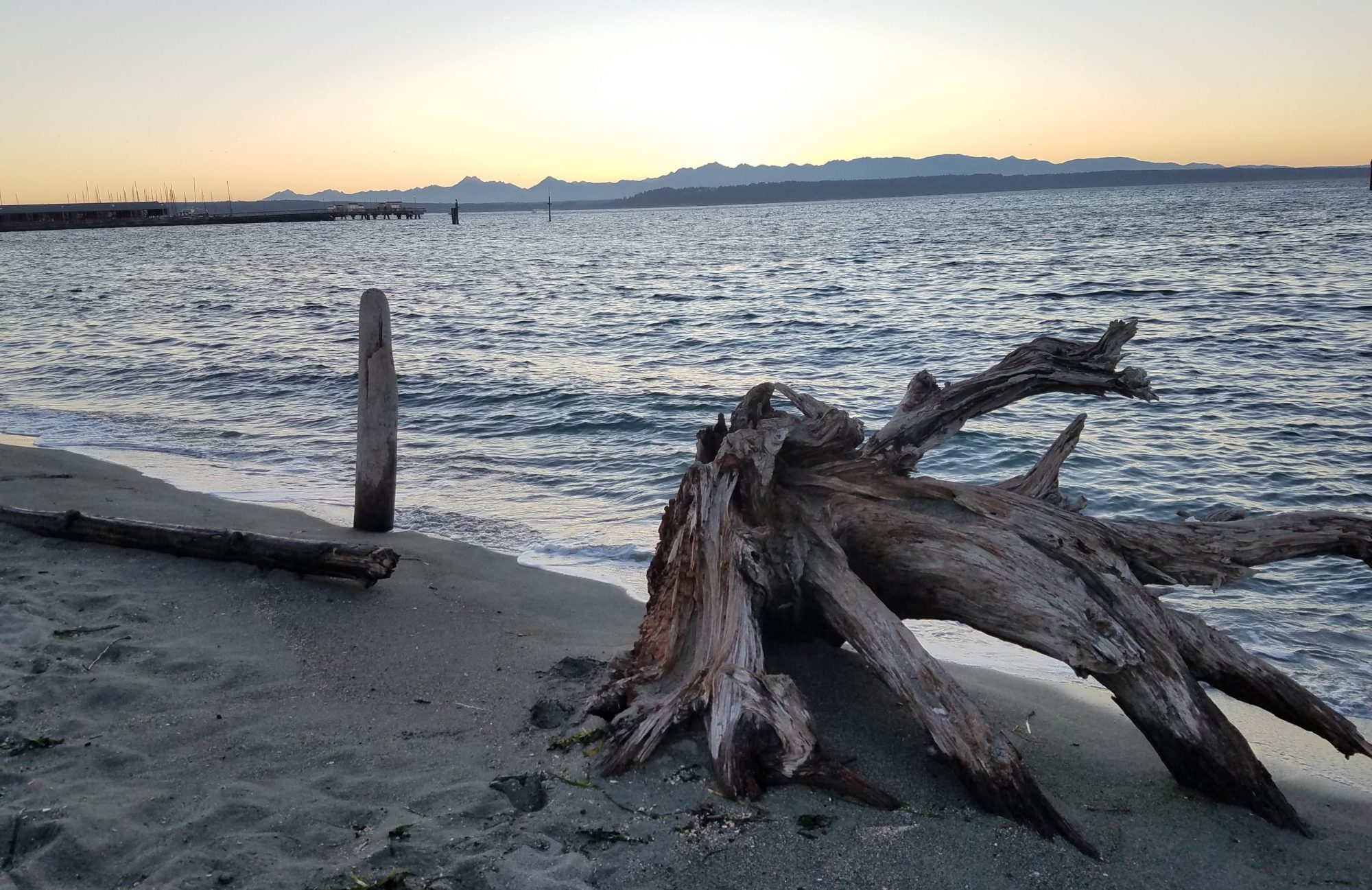This comes from the inimitable Adrienne Maree Brown (from an article in Yes! Magazine. It felt appropriate and needed on this eve of our Solstice holy day:
*****************
tucked into
stargazing wonder
we arrive so quickly to the
night of the longest moon
we too
are rock moving water
even when we feel adrift
we are in orbit
there is a force greater
than we can comprehend
we are enraptured
from the root
and never alone
even in shadow you hold us
and we sing a song
only the ocean can hear
sometimes it sounds like
we are sorry
or
we are dying
but sometimes
we sing
we are of you, we are of you
we are one*
we sing to the thumbprint of moon
ink on ink
shadow slipping through the cloudy cold
of winter
we sing
of breaking the earth’s heart
and realizing it is our own
we sing forgiveness
we sing of the fire
between skin and dirt
the rivers within us
the storms we conjure
before we sleep
tonight we dream our longest dream
of the farthest future
we look in those children’s faces
without regret
without shame
whispering: we will change everything for you
it is because of these dreams
that we will remember
to hibernate
to slow down to the pace of snow
to feed on the memories
of a year we call good
because we survived it
we place our mouths to the sky
and cast this spell
may we all have a warm place
may we all have a soft blanket
may we all hold a steaming cup in our hands
may we all know a sated belly
may we all have a shoulder for our grief
may we all set down what we cannot bear
may we all be unhunted
may we all remember we are sacred
may we all touch our bodies in worship
may we all have room enough to stumble
as we dance to the moonlight’s subtle music
we dose this enchantment
with our holy intentions
and in this taste of eternal darkness
may we honor all that is black, and shadow
in ourselves, and in the world
may we crawl into the cave
carved especially for this season
and hear nothing but the quiet of stone
may we know, without question
that there is time for our rest
may we remember surrender
touching the dirt that holds our ancestors
and our futures
with reverence
and in this way
may we all know the love of earth
*This line comes from the whales of Bahia, via Michaela Harrison.
*************
ADRIENNE MAREE BROWN is a writer, editor, activist, social justice facilitator, coach, speaker, and doula. Her books include Emergent Strategy: Shaping Change, Changing Worlds, Pleasure Activism: The Politics of Feeling Good, which she wrote and edited, and Octavia’s Brood: Science Fiction Stories From Social Justice Movements, which she co-edited.

